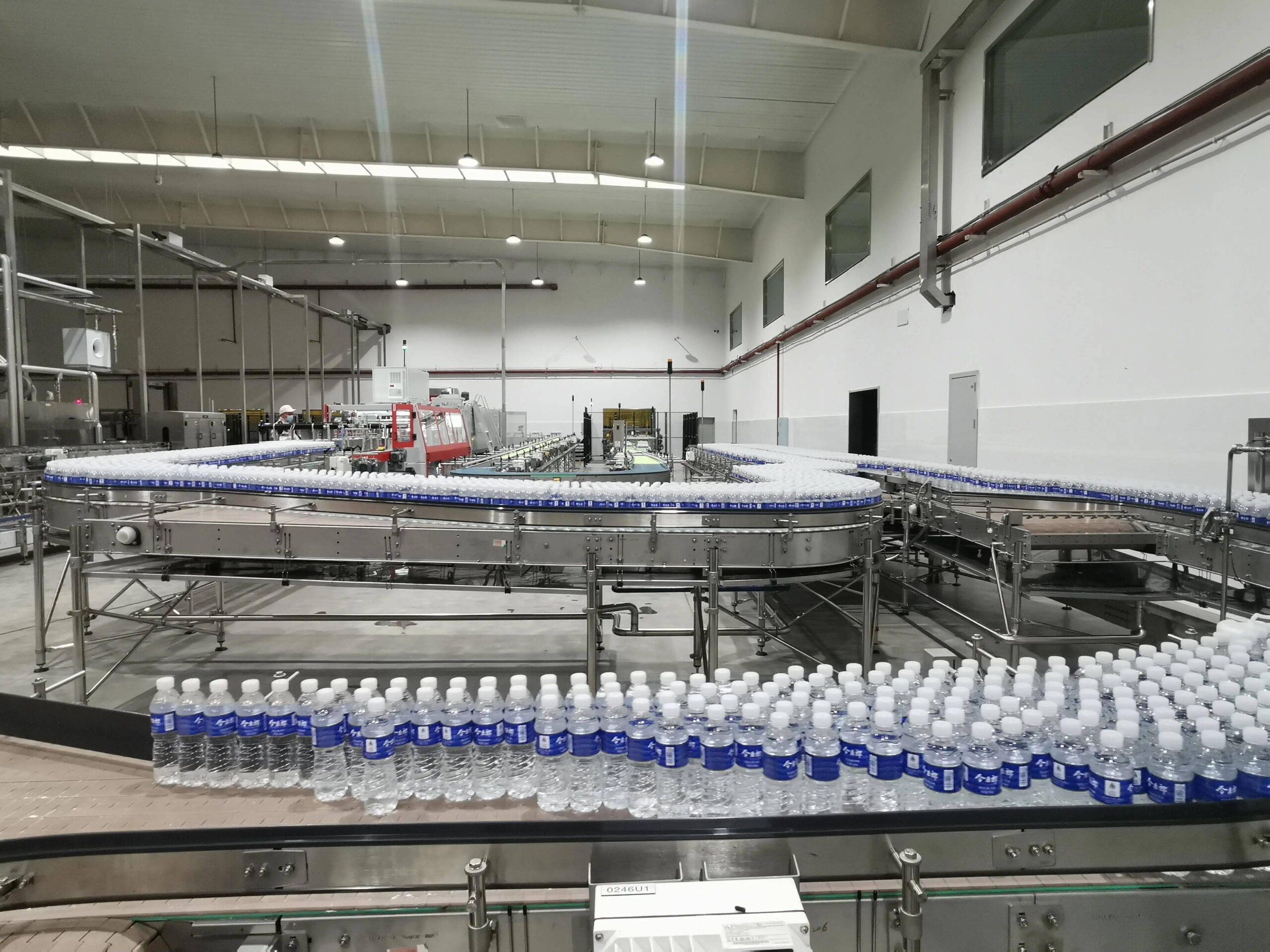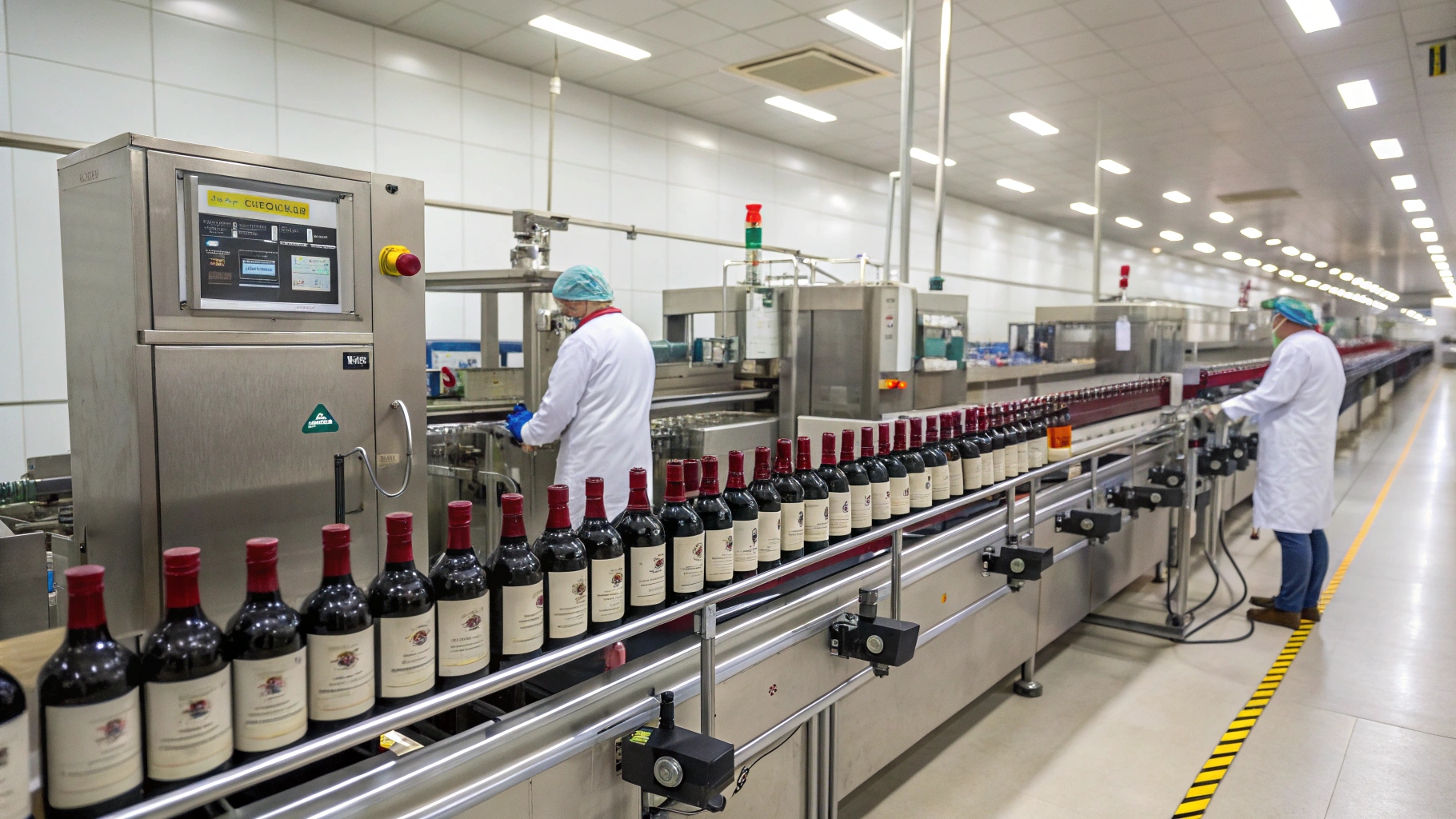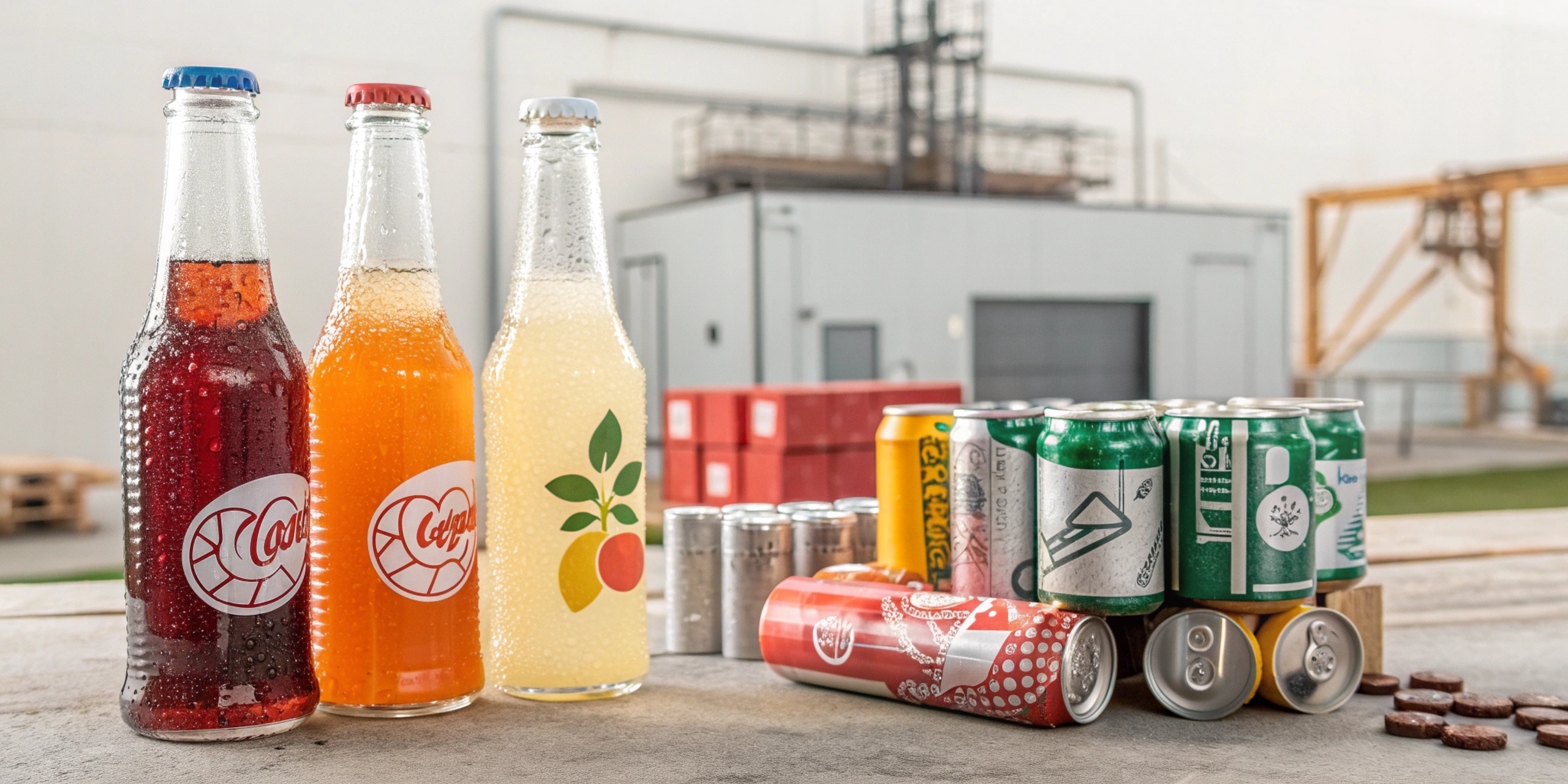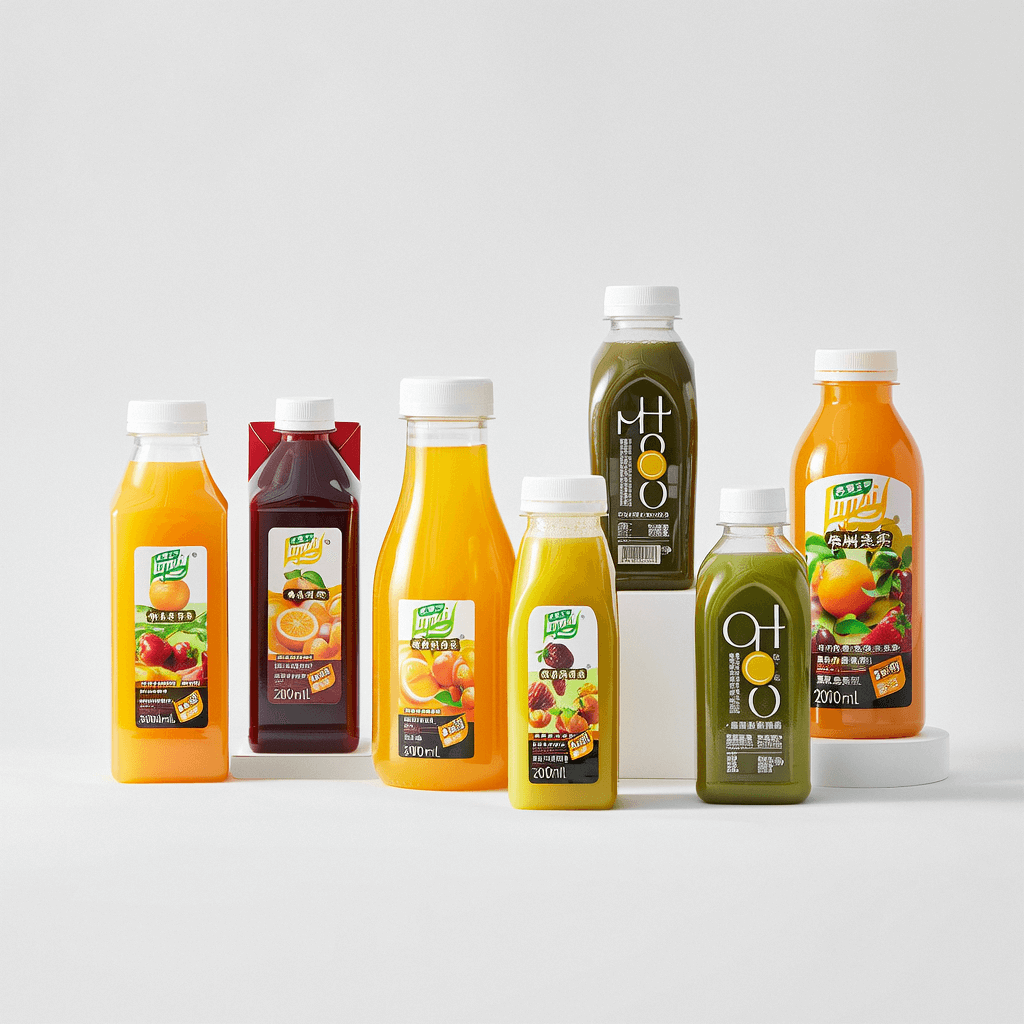What's More Expensive to Produce, the Beer or the Bottle?
Leading paragraph:
Ever wondered what costs more when you grab a beer – the drink itself or the container it comes in? It might surprise you!
Snippet paragraph:
Generally, producing the beer itself is more expensive than producing the bottle. The cost of ingredients, brewing, and packaging processes typically outweighs the cost of the bottle.
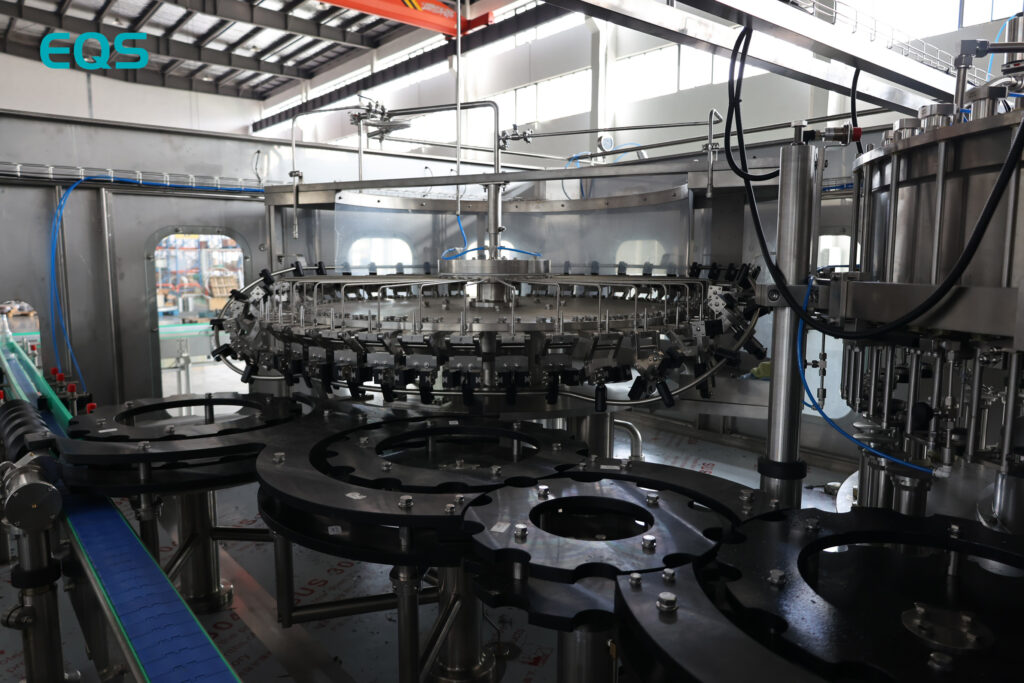
Transition Paragraph:
Let's break down the costs involved in bringing a beer to your hand and see why the liquid often surpasses the container in value.
Is it more expensive to bottle or can beer?
Leading paragraph:
Bottle or can – which one hits the brewery's wallet harder? Let's compare the costs.
Snippet paragraph:
It's generally more expensive to bottle beer than to can it. While the cost of the materials themselves might be similar, the bottling process often involves higher labor costs, more complex machinery, and greater risks of breakage and spoilage compared to canning.
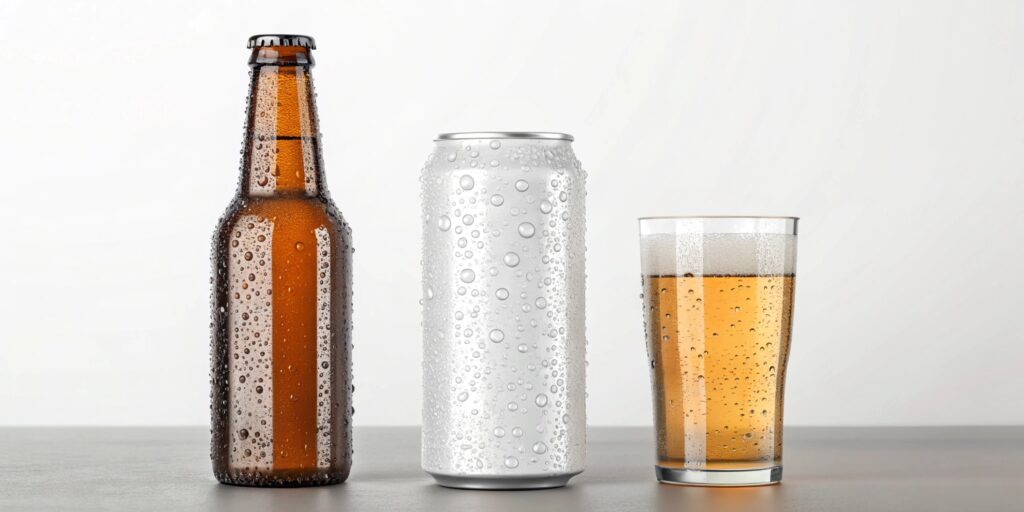
Dive deeper Paragraph:
Let's break down the cost factors in more detail:
Material Costs
- Aluminum vs. Glass: The raw material cost of aluminum for cans and glass for bottles can fluctuate, but generally, they are comparable. However, aluminum is often cheaper to transport due to its lighter weight.
- Lids and Labels: Both bottles and cans require lids and labels, adding to the overall material cost. The complexity and design of the labels can significantly impact their price.
Equipment Costs
- Bottling Lines: Bottling lines tend to be more complex and require more maintenance than canning lines. They often involve multiple stages, including washing, filling, capping, labeling, and inspection.
- Canning Lines: Canning lines are generally more streamlined and require less space than bottling lines. They typically involve fewer steps, such as filling, seaming, labeling, and packing.
I remember when EQS was helping a client set up their brewery; the decision between bottling and canning was a major point of discussion due to the cost implications.
Operational Costs
- Labor: Bottling lines often require more manual labor than canning lines, increasing labor costs.
- Energy: Both bottling and canning processes consume energy, but bottling lines may require more energy due to the additional steps involved.
- Spoilage and Breakage: Bottles are more prone to breakage than cans, leading to higher rates of spoilage and lost revenue.
| Cost Factor | Bottling | Canning |
|---|---|---|
| Material | Glass, labels, caps | Aluminum, labels, lids |
| Equipment | More complex, higher maintenance | More streamlined, lower maintenance |
| Operational | Higher labor costs, more energy consumption, higher spoilage risk | Lower labor costs, less energy consumption, lower spoilage risk |
Is it cheaper to make or buy beer?
Leading paragraph:
Brew your own or buy it off the shelf? Let's crunch the numbers and see what's more economical.
Snippet paragraph:
It is generally cheaper to buy beer than to make it yourself, especially if you factor in the cost of equipment, ingredients, time, and potential for mistakes. Homebrewing can be a rewarding hobby, but it's not typically a cost-saving measure.
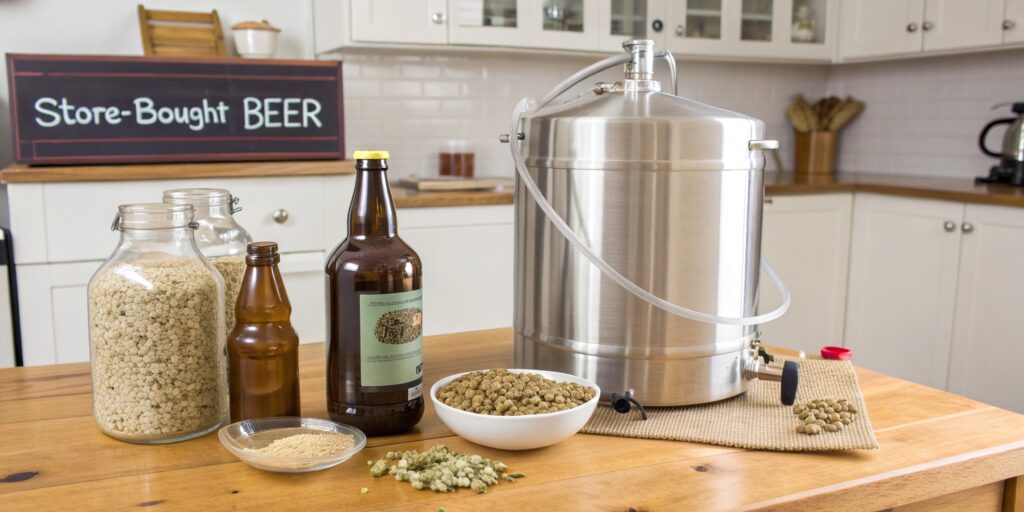
Dive deeper Paragraph:
Let's explore the cost comparison between homebrewing and buying commercially produced beer:
Homebrewing Costs
- Equipment: The initial investment in homebrewing equipment can be significant, including brewing kettles, fermenters, bottles, caps, and various accessories.
- Ingredients: The cost of ingredients such as malt, hops, yeast, and water can add up over time.
- Time and Labor: Homebrewing requires a significant amount of time and effort, from brewing and fermentation to bottling and cleaning.
- Learning Curve: There is a learning curve involved in homebrewing, and mistakes can happen, leading to wasted ingredients and batches of undrinkable beer.
Commercial Beer Costs
- Economies of Scale: Commercial breweries benefit from economies of scale, allowing them to purchase ingredients in bulk and produce beer more efficiently.
- Distribution and Marketing: The cost of distribution and marketing is factored into the price of commercial beer, but these costs are spread across a large volume of sales.
Break-Even Point
- Volume: The break-even point between homebrewing and buying commercial beer depends on the volume of beer you consume. If you only drink a small amount of beer, it's almost always cheaper to buy it. However, if you drink a large amount of beer regularly, homebrewing may become more cost-effective over time, provided you amortize the initial equipment costs over many batches.
| Cost Factor | Homebrewing | Commercial Beer |
|---|---|---|
| Equipment | Significant initial investment | N/A |
| Ingredients | Ongoing cost | N/A |
| Time/Labor | Significant time and effort required | N/A |
| Volume | Cost-effective only if you brew and consume a large amount of beer | More cost-effective for lower consumption volumes |
Which is more expensive draft or bottle?
Leading paragraph:
Pour it fresh from the tap or grab a bottle? Let's see which option costs you more.
Snippet paragraph:
Draft beer is generally more expensive than bottled beer when purchased at a bar or restaurant. This is due to the additional costs associated with draft systems, such as equipment maintenance, line cleaning, and potential for waste.
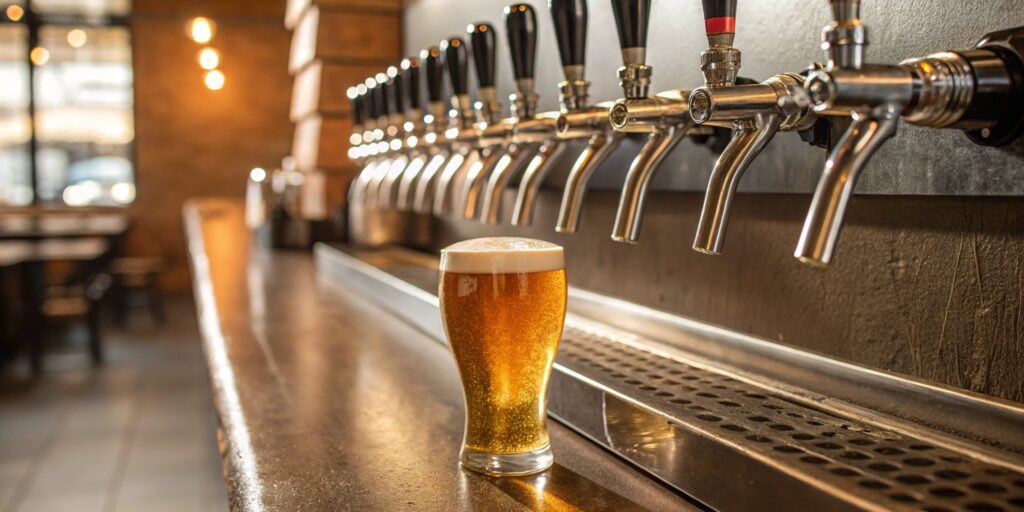
Dive deeper Paragraph:
Let's examine the factors that contribute to the price difference between draft and bottled beer:
Draft Beer Costs
- Equipment and Installation: Draft systems require a significant upfront investment in equipment such as kegs, taps, lines, coolers, and CO2 tanks. Installation can also be costly.
- Maintenance and Cleaning: Draft lines must be cleaned regularly to prevent the growth of bacteria and maintain the quality of the beer. This requires specialized equipment and cleaning solutions.
- Waste: Draft beer can be wasted due to over-pouring, spills, and the settling of sediment in the keg.
Bottled Beer Costs
- Packaging: Bottled beer requires packaging materials such as bottles, labels, and caps, which add to the overall cost.
- Distribution: Bottled beer must be transported and stored, which can add to the cost, but these costs are generally lower than the costs associated with draft systems.
Consumer Perception
- Premium Experience: Draft beer is often perceived as a premium product, and bars and restaurants may charge more for it to reflect this perception. The experience of ordering and drinking draft beer can also be more appealing to some consumers.
| Cost Factor | Draft Beer | Bottled Beer |
|---|---|---|
| Equipment | Significant upfront investment in equipment and installation | Lower packaging costs |
| Maintenance | Regular cleaning and maintenance required | N/A |
| Waste | Potential for waste due to over-pouring and spoilage | Lower risk of waste |
| Perception | Often perceived as a premium product, allowing for higher pricing | Typically priced lower, except for rare or specialty bottles |
Conclusion
While the cost of the container is significant, the processes and ingredients that go into making beer typically make the beer itself the more expensive component.

